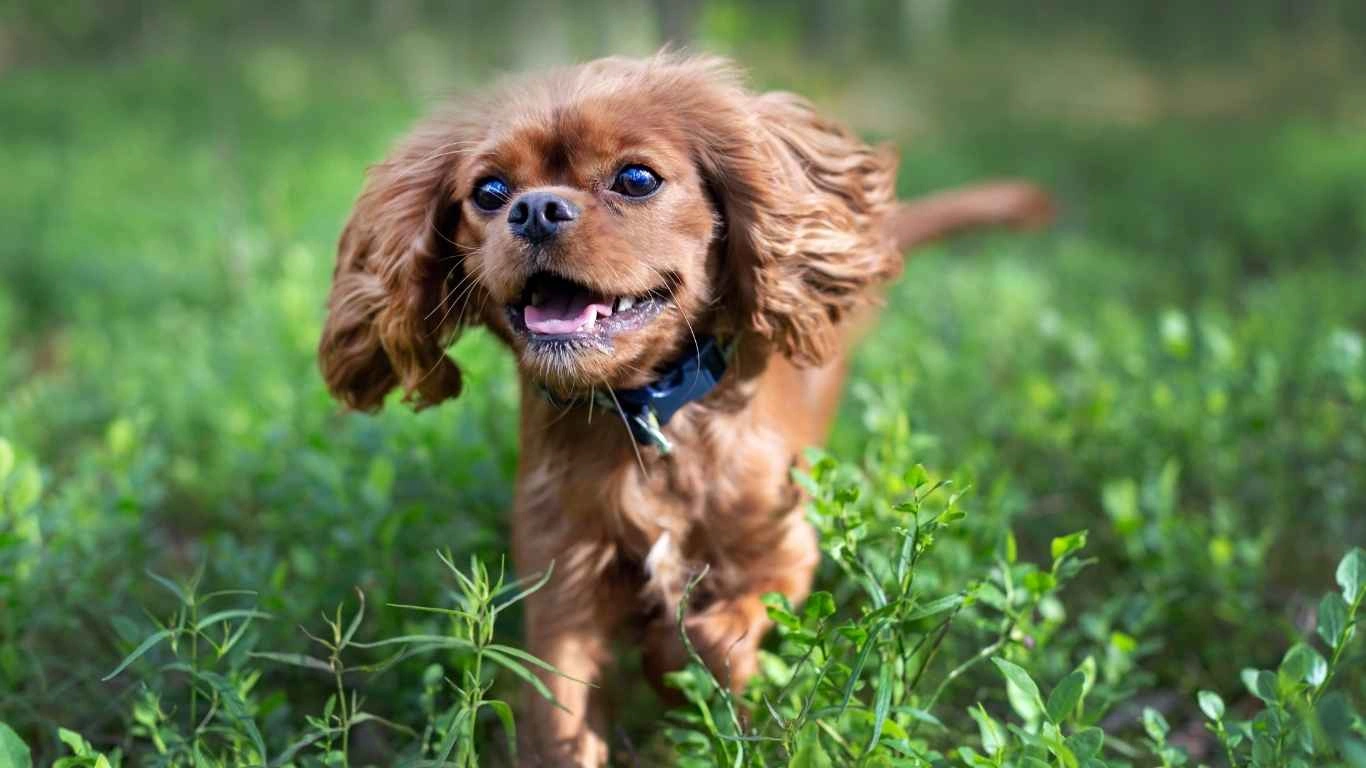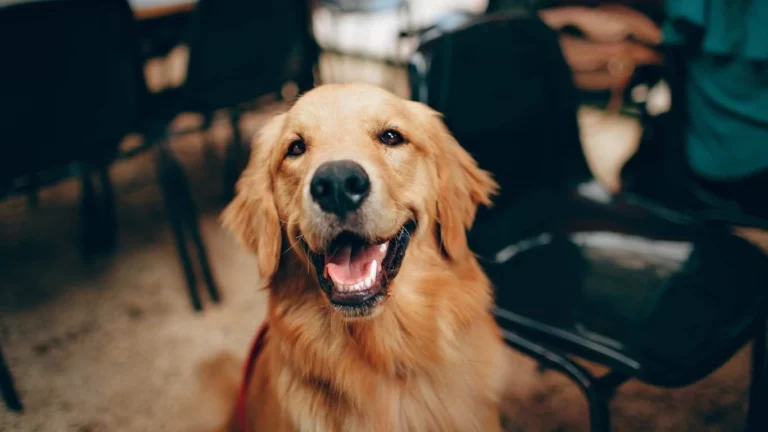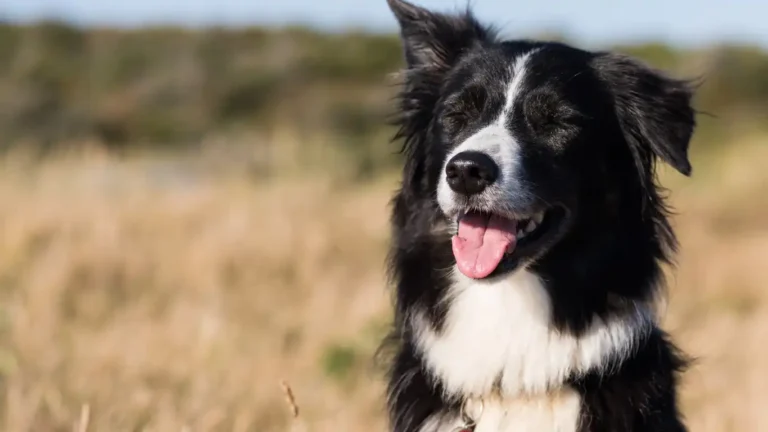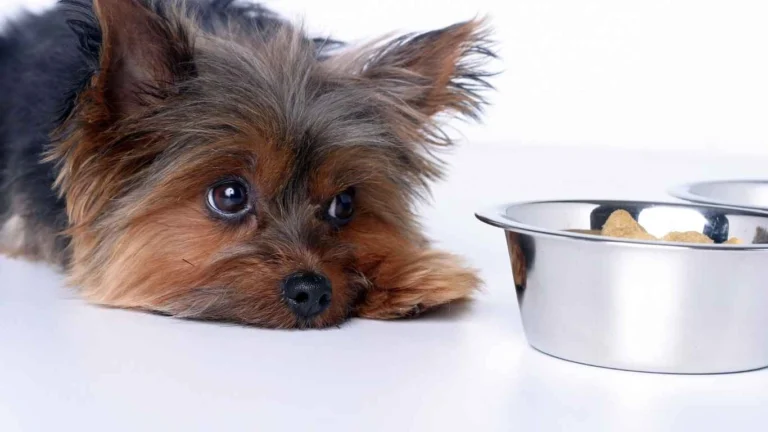Discover the Best Feeding Frequency for Active Dogs to Boost Their Energy
As an Animal Care Specialist, one of the most common questions I get asked is about feeding dogs—specifically, how often should you feed your dog based on their activity levels? It’s a great question because just like people, dogs have different nutritional needs, and those needs can change depending on how active they are. Whether your dog is a couch potato or an energetic ball of fur, the best feeding frequency will vary. But don’t worry, I’m here to break it down for you with everything I’ve learned from my experience in pet clinics and shelters. Let’s dive into the details so you can feel confident in making the right feeding decisions for your furry friend!
Understanding Dog Activity Levels
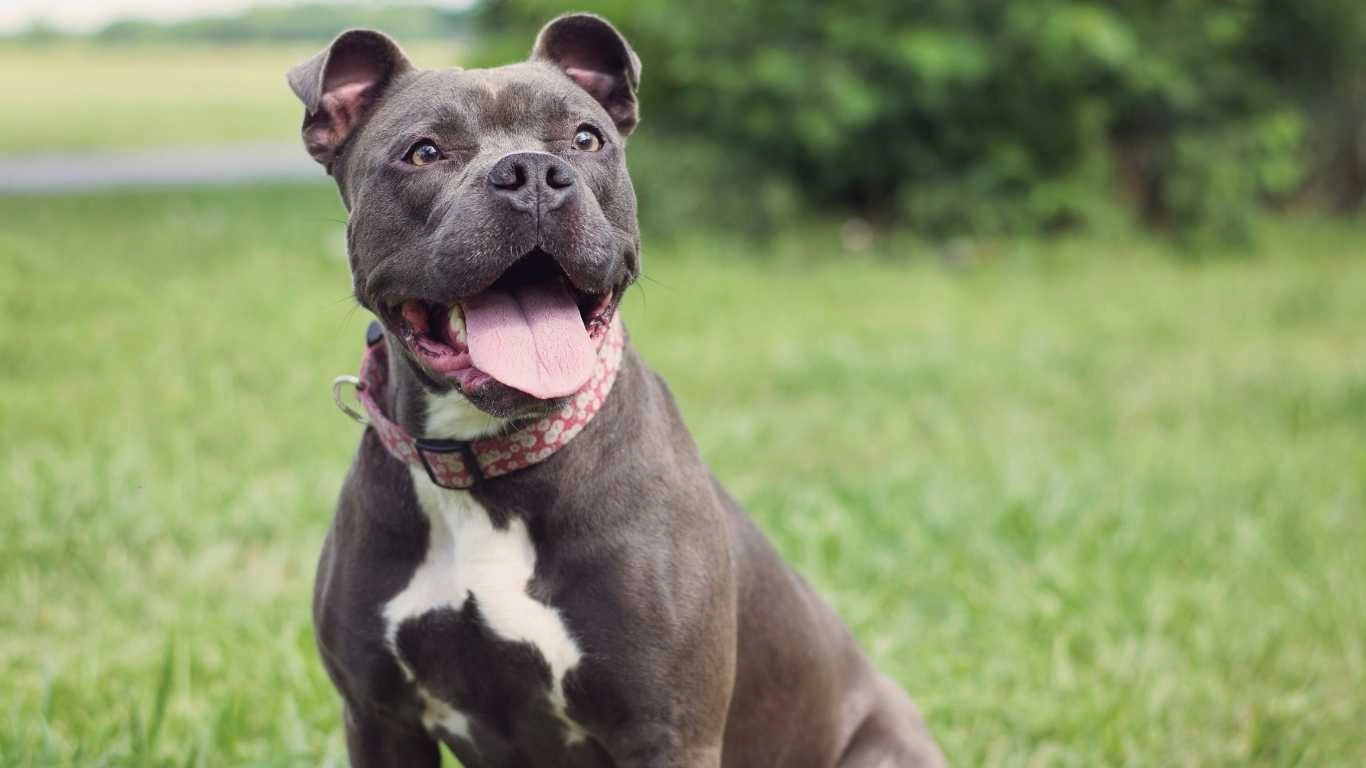
First, we need to get a clear picture of what “activity level” means for dogs. It’s not just about how much they run around—it’s also about their breed, age, health, and lifestyle. Here’s a breakdown of the general categories:
- Low Activity: These dogs prefer lounging around the house. They might enjoy a walk now and then, but overall, they aren’t very energetic. Senior dogs and those with health conditions often fall into this category.
- Moderate Activity: These are the dogs who love their daily walks and playtime. They’re active, but they’re not running marathons. Most pet dogs fall into this category.
- High Activity: Think of working dogs, dogs who love to play fetch for hours, or highly energetic breeds like Border Collies or Huskies. These dogs need a lot of exercise to keep them happy and healthy.
Knowing where your dog fits on this spectrum is essential because it will help you understand how much food they should be eating and how often. Now, let’s talk about the best feeding frequency for different dog activity levels.
How Often Should You Feed Your Dog?
Low-Activity Dogs
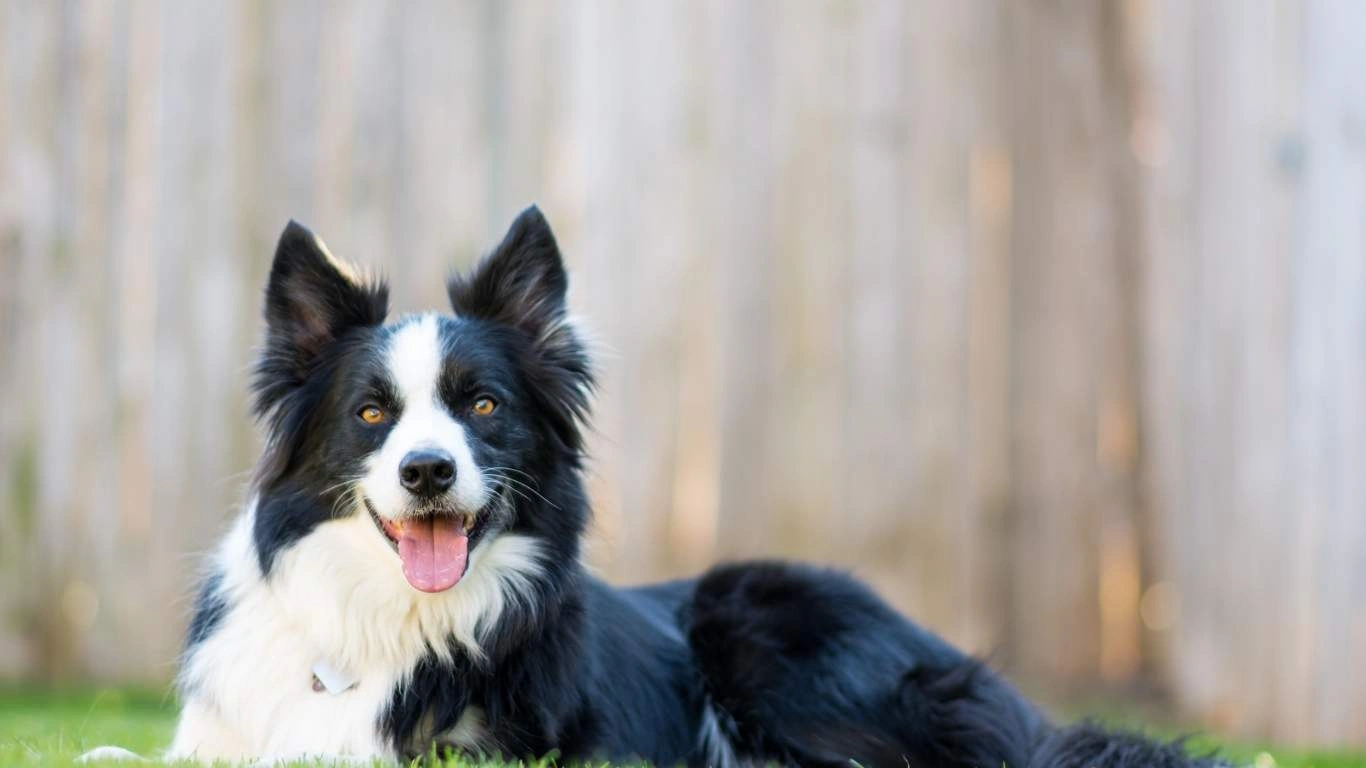
For low-activity dogs, you generally don’t need to feed them as often as their more active counterparts. Typically, feeding twice a day—morning and evening—is sufficient. This is because these dogs are burning fewer calories, so they don’t need as much fuel throughout the day. If your dog is on the older side or dealing with any health issues, their activity might be more limited, and their metabolism may also slow down. In these cases, you want to make sure you’re not overfeeding, as it could lead to weight gain.
From my experience, some senior dogs actually do better with smaller meals more often, like three smaller portions a day. It helps prevent bloating and keeps their energy levels steady without overwhelming their system. But as always, make sure to keep an eye on your dog’s body condition and adjust accordingly.
Moderate-Activity Dogs
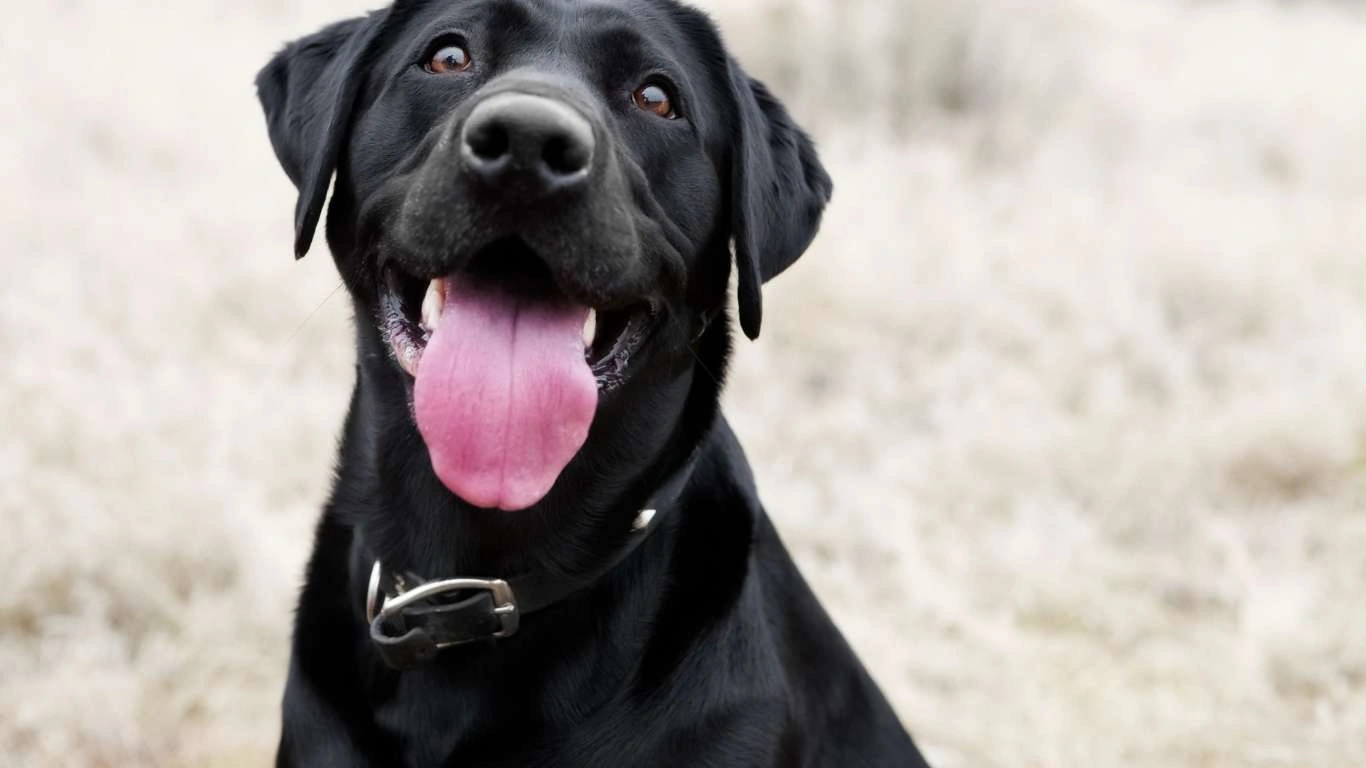
For dogs who fall in the middle of the activity spectrum—think of a dog who gets a walk and some playtime every day—you’ll want to aim for two meals a day as well, but with slightly larger portions compared to a low-activity dog. These dogs need more energy to fuel their daily activities, but they’re not burning so many calories that you need to feed them more than twice a day.
Many pet owners I know with active but not hyperactive dogs find that a consistent feeding schedule works best. For example, feeding at 7 AM and 6 PM works great for most of the moderate dogs I’ve seen. You might also want to consider switching up the type of food to one that offers a balance of protein, fats, and carbohydrates to keep them feeling full and satisfied without overeating.
High-Activity Dogs
High-activity dogs, such as working dogs, agility competitors, or any dog with a boundless supply of energy, have the highest caloric needs. They’re often burning a lot of calories, sometimes several times more than an average dog. So, in this case, feeding them more frequently is a must.
For these dogs, I generally recommend feeding three meals a day. A common schedule is breakfast, lunch, and dinner, with each meal containing high-quality protein, healthy fats, and a good mix of carbs to replenish their energy. Some dogs may even benefit from four smaller meals, especially if they are involved in intense physical activities like running, pulling, or jumping.
Another thing to keep in mind is that these dogs often require more food than what’s listed on commercial dog food packaging. It’s not uncommon for working dogs to need 1.5 to 2 times more food than what’s recommended for a typical pet. This is something I’ve learned from observing dogs in shelters and clinics. When they’re exerting themselves in ways that require intense physical exertion, you need to adjust their food intake accordingly.
What About Puppies and Pregnant Dogs?
Puppies and pregnant dogs also have unique feeding needs. Puppies are growing rapidly, so they need frequent feedings—usually three to four meals a day. Pregnant dogs, on the other hand, will have increased energy needs throughout their pregnancy and may need additional meals or larger portions. In both cases, consult with your veterinarian to fine-tune the feeding schedule and portion sizes.
How to Choose the Right Food for Your Dog’s Activity Level
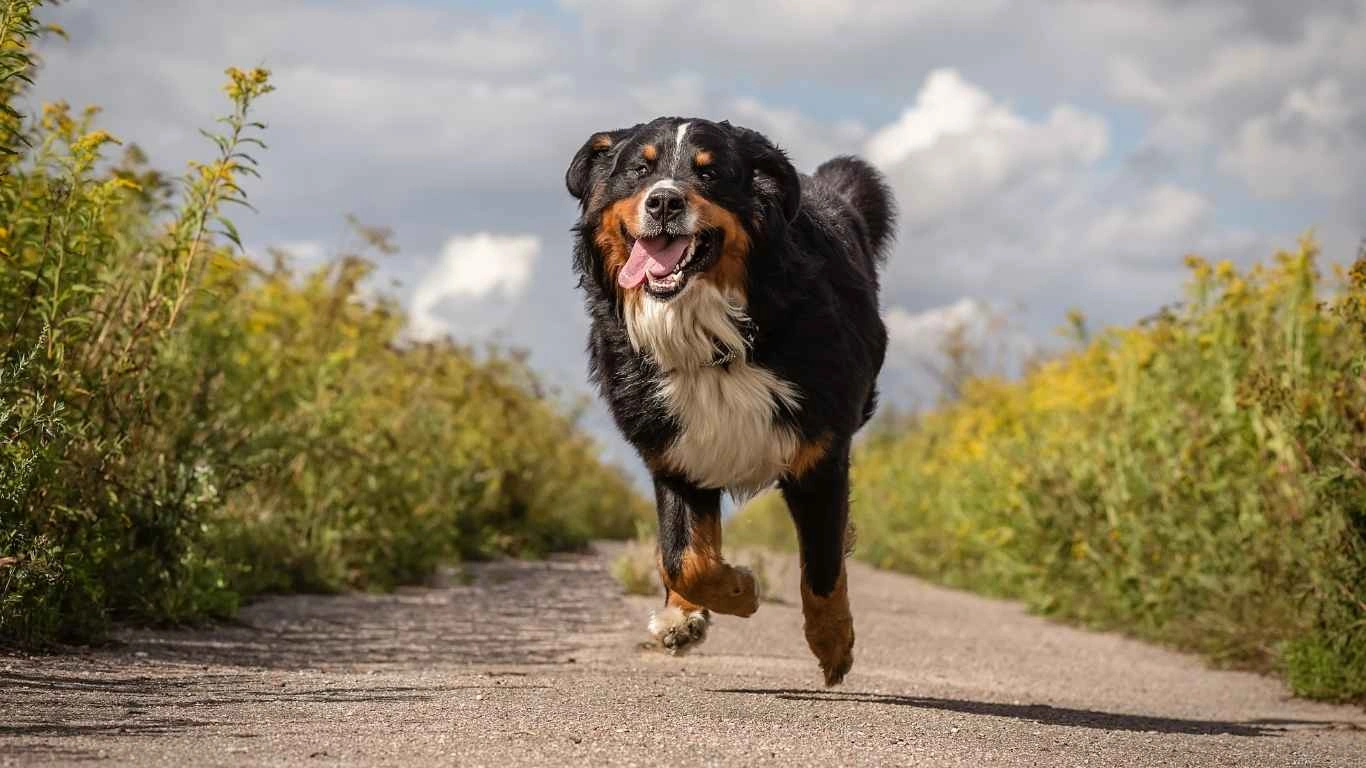
Now that we’ve covered feeding frequency, let’s dive into choosing the right food for your dog’s activity level. This is another area where many pet owners feel confused, but honestly, it doesn’t have to be complicated. I’ve worked with a wide variety of dogs in my career, and one thing I’ve noticed is that the right food can make a huge difference in how energetic and healthy a dog feels.
When it comes to selecting the right food, you want to focus on a balance of nutrients that matches your dog’s specific needs based on their activity level. Let’s break it down:
Low-Activity Dogs
For dogs with low activity levels, the focus is on maintaining a healthy weight while providing enough energy to keep them comfortable. A diet that’s lower in calories but still rich in essential nutrients is ideal for these dogs. A lot of the time, owners make the mistake of feeding a highly caloric food to a dog who isn’t very active, which can lead to weight gain.
In my experience, low-activity dogs do well with foods that are moderate in protein (around 18-25%) and low in fat (8-15%). This helps keep their metabolism in check while ensuring they get the necessary vitamins and minerals. The key here is portion control and regular feeding schedules. With my own dogs (a couple of older pups who love lounging), I found that a high-quality chicken or lamb-based kibble works best. I also like to mix in some fiber-rich ingredients like pumpkin or sweet potato to keep things moving in their digestive systems.
Moderate-Activity Dogs
Dogs that fall into the moderate activity category need more fuel but not as much as their high-energy counterparts. For these dogs, the protein content of their food should be higher—around 20-30%—with moderate fat content (around 10-20%). I’ve found that these dogs do really well with foods that are designed for “active” or “performance” dogs. These diets often have a good mix of protein and fat, providing steady energy throughout the day without going overboard.
For example, if you have a dog who loves their daily walks, runs, and playtime but isn’t necessarily running around for hours, look for a food that supports muscle maintenance and joint health. My advice? Look for foods that include omega-3 and omega-6 fatty acids. They’ll help your dog maintain a shiny coat and healthy skin, plus give them that extra bit of energy they need to keep up with their daily activities.
High-Activity Dogs

When it comes to high-activity dogs, the goal is to provide a diet that can fuel their intense energy expenditure. These dogs require a higher protein content—typically 30-40%—along with higher fat content, around 20-30%. In my experience working with highly active dogs, I’ve found that foods designed for sporting or working dogs tend to be the best fit for them. These formulas often contain additional calories to keep up with their high energy needs, especially when they’re engaging in strenuous physical activity.
Dogs in this category can also benefit from meals that support joint health. After all, when your dog is running, jumping, or pulling, their joints take a lot of wear and tear. So, look for foods with added glucosamine and chondroitin to keep those joints strong. High-quality fish oils are another great addition to their diet, as they support both their energy levels and their joints. One thing I’ve noticed is that high-activity dogs can sometimes struggle with digestive issues, so a food that is easy on their stomachs is essential too.
How to Adjust Portions Based on Activity Levels
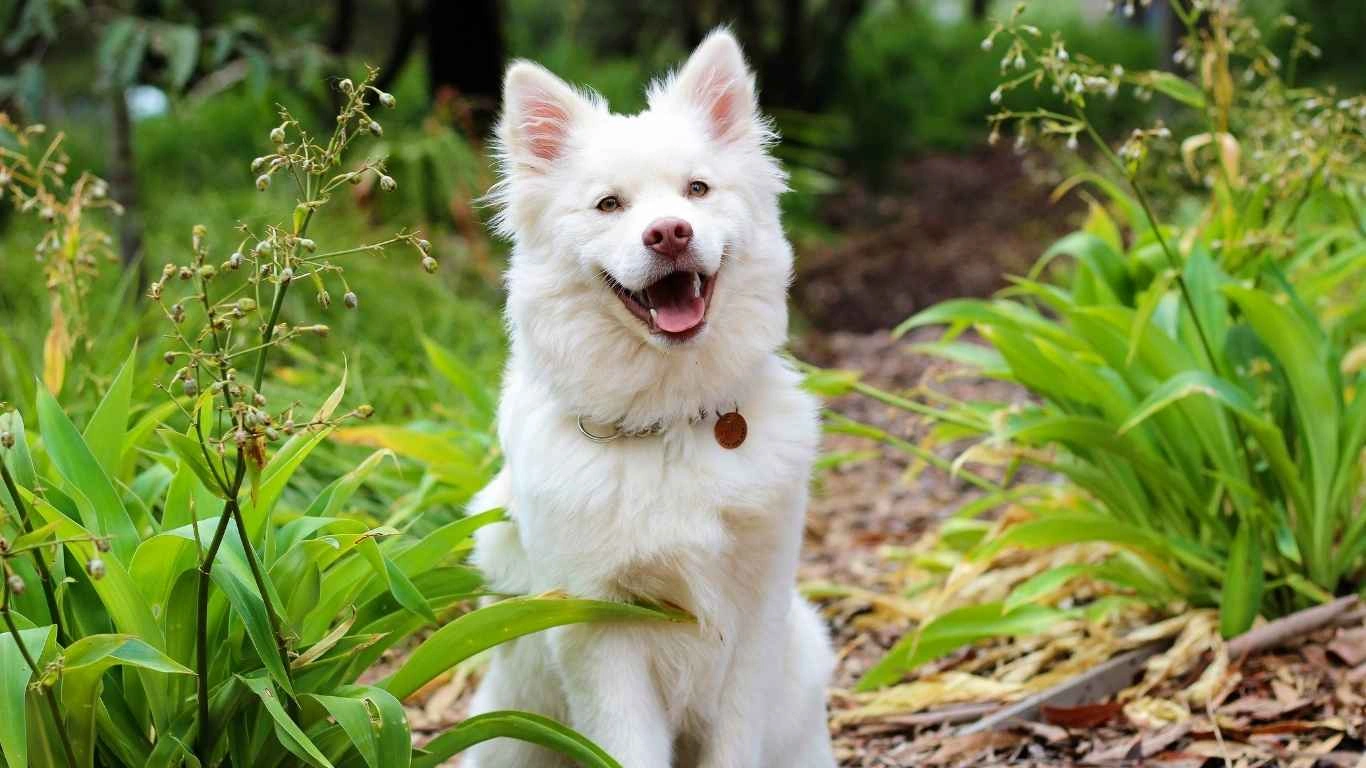
Portion sizes play a huge role in managing your dog’s diet, and adjusting them based on their activity level is key to maintaining a healthy weight and proper nutrition. Just like people, dogs don’t always need a one-size-fits-all approach when it comes to how much food they should eat.
Low-Activity Dogs
For low-activity dogs, controlling portions is crucial to avoid overfeeding, which can lead to obesity. I’ve found that the best way to ensure these dogs get the right amount of food is to follow the feeding guidelines on the dog food packaging (usually based on weight) but adjust it downward a little. If your dog is particularly sedentary or overweight, you might want to decrease the amount a little more, but always keep track of their weight. A good rule of thumb is to feed them 10-20% fewer calories than the recommended amount. And remember, if you’re unsure, your vet can always help you fine-tune the portions based on your dog’s specific needs.
Moderate-Activity Dogs
For moderate-activity dogs, the portion size will be closer to what’s listed on the food packaging. These dogs are burning a steady amount of energy throughout the day, so they need a well-balanced diet to keep their energy up without gaining excess weight. You should be feeding them about 100% of the recommended amount, but it’s still important to adjust for any changes in activity level. For example, if your dog is going on longer walks or playing more during certain seasons, you may need to add a bit more food.
High-Activity Dogs
Now, for high-activity dogs, they’re going to need a bit more food, usually 10-30% more than the recommended amount on the dog food bag. They’re burning calories at a much faster rate, especially if they’re doing intense activities like agility training, hiking, or running long distances. I always recommend breaking their food into multiple meals throughout the day to keep their energy levels stable, especially if they’re involved in daily training or physical exertion.
It’s also important to keep track of your dog’s body condition. High-activity dogs tend to lose weight quickly if they’re not being fed enough, and this can lead to muscle loss. Conversely, if they start gaining weight despite high activity, you may want to reduce their portions slightly or adjust the type of food you’re giving them.
Signs You’re Overfeeding or Underfeeding Your Dog

As an Animal Care Specialist, I’ve seen firsthand how easy it is to either overfeed or underfeed a dog. It can happen, even if you think you’re giving them the right amount of food based on their activity level. The signs aren’t always obvious, and some changes happen slowly over time, but there are a few key things to look for to make sure you’re feeding your dog correctly. Let’s dive into those warning signs.
Signs of Overfeeding
Overfeeding is more common than you might think, especially with high-activity dogs that seem to “never stop moving.” However, just because a dog is active doesn’t mean they need an unlimited supply of food. Here are some common signs of overfeeding:
- Weight Gain: If your dog is consistently gaining weight despite regular exercise, you may be overfeeding them. Pay attention to their waistline—you should be able to feel their ribs without too much fat covering them. A visibly bloated or round belly is a red flag.
- Sluggishness: Surprisingly, dogs that are overfed can become sluggish. You might notice your dog being lethargic or not having the same pep during walks or playtime.
- Digestive Issues: Overfeeding can also lead to bloating, gas, or diarrhea. If your dog’s digestive system is struggling, it could be because they’re consuming more food than their body needs.
- Excessive Thirst: An overfed dog may drink more water than usual. If you notice your dog drinking excessive amounts of water, it could be related to overeating or eating too much dry food.
From my experience, many owners overfeed their dogs because they misinterpret their dog’s begging behavior or assume their dog needs a constant supply of food. If you find yourself giving in to those puppy eyes more than you’d like to admit, it’s time to reevaluate your feeding schedule.
Signs of Underfeeding
On the other hand, underfeeding can be just as harmful. If your dog isn’t getting enough food, their energy levels will be affected, and you may notice a decline in their overall health. Here are some signs your dog may not be getting enough food:
- Weight Loss: If your dog is losing weight despite eating regularly, they may not be getting enough food. Even highly active dogs should maintain a healthy body weight, so weight loss can be a serious concern.
- Fatigue: A tired, sluggish dog who isn’t interested in playing or going for walks might not be eating enough. This is often a sign of insufficient calorie intake.
- Hair Loss or Dull Coat: Lack of essential nutrients, especially fats and proteins, can lead to hair thinning or dull, brittle fur. This is a good indicator that your dog’s diet isn’t balanced.
- Changes in Behavior: A dog who is hungry all the time or seems agitated and restless may not be getting enough to eat. Hunger can manifest in different ways, including barking more or begging incessantly.
As someone who has worked with shelter dogs in various conditions, I can tell you that underfeeding often happens because owners don’t realize how much their dogs need, especially if they’re very active. If you’re seeing any of these signs, it’s important to adjust their food intake as soon as possible.
How to Monitor and Adjust Your Dog’s Diet
Once you’ve identified the signs of overfeeding or underfeeding, it’s time to take action. Regular monitoring is key. Here are some tips to keep track of how well your dog’s diet is working:
Regular Weigh-Ins
One of the simplest and most effective ways to monitor your dog’s health is through regular weigh-ins. This helps you track whether your dog is gaining, losing, or maintaining their ideal weight. Most pet stores or clinics have pet scales, and you can also purchase a simple pet scale for home use. Regular weigh-ins are especially helpful when you’re adjusting portions based on your dog’s activity level.
Keep a Feeding Log
Keeping a log of your dog’s meals and activity can give you valuable insights into their nutrition needs. Note what type of food they’re eating, how much, and how often. Also, track their exercise routines. If you’re noticing any changes in their weight or behavior, a log can help you pinpoint whether their food intake or activity level is the cause.
Consult With Your Veterinarian
If you’re ever unsure about whether you’re feeding your dog the right amount, it’s always a good idea to check in with your vet. They can provide tailored advice based on your dog’s health, breed, age, and activity level. This is especially important if you’re adjusting your dog’s diet after a period of illness, weight loss, or significant lifestyle changes.
References
Disclaimer
The information provided in this article is intended for general informational purposes and should not be used as a substitute for professional veterinary advice. Always consult with a veterinarian regarding any dietary or health concerns for your dog. Every dog is unique, and their nutritional needs may vary depending on their age, breed, health status, and activity level.
